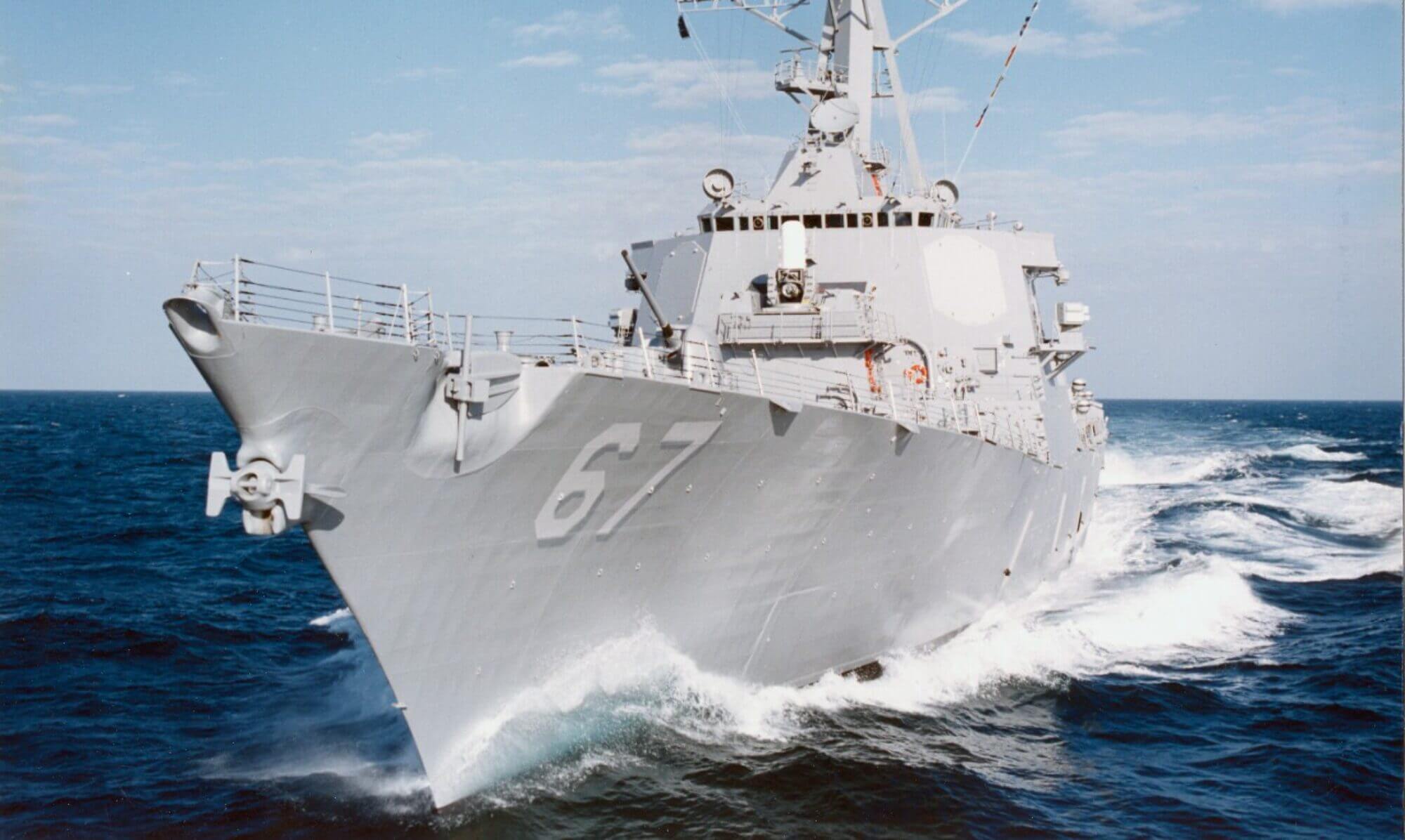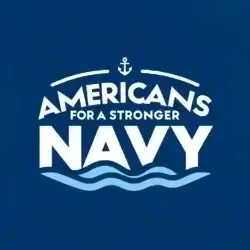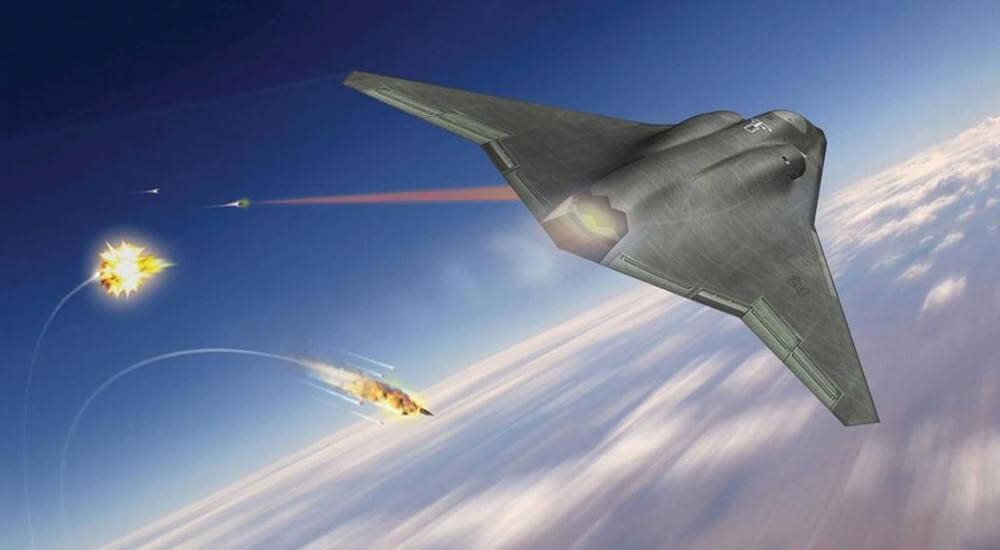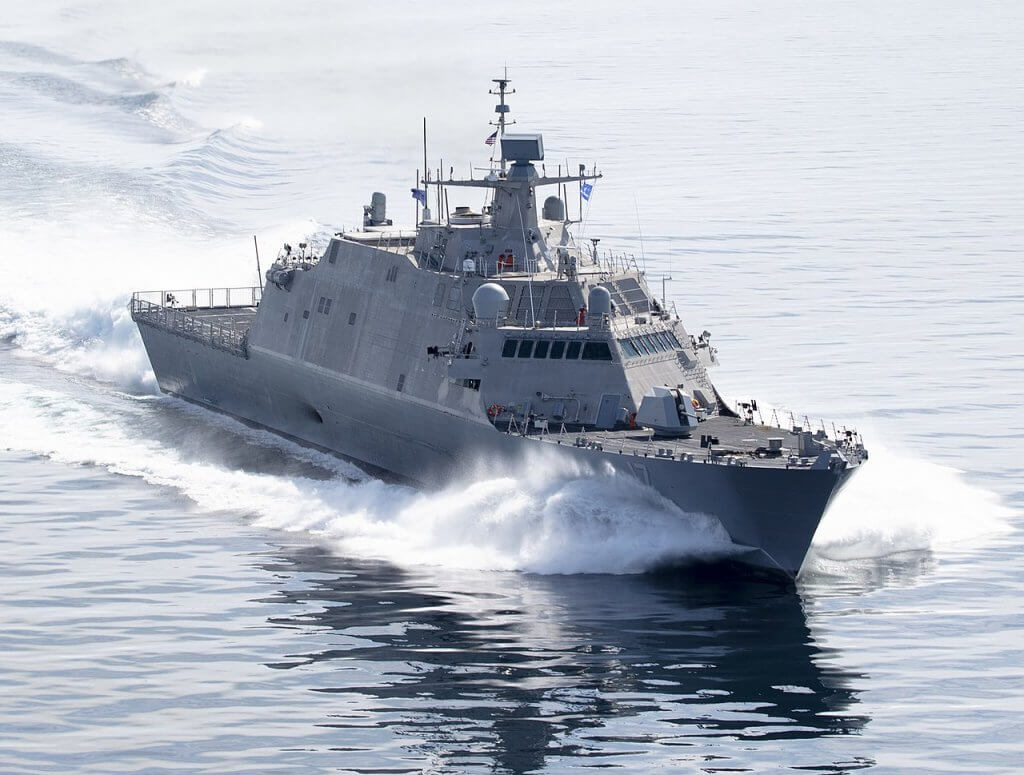
For years, America’s Navy has been a punching bag for criticism, often seen as slow to modernize or inefficient in spending. While scrutiny is necessary, it’s time to tell the other side of the story—the one about the thousands of dedicated Navy personnel and industry professionals working relentlessly to ensure the fleet remains strong, cost-effective, and mission-ready.
One of the best examples of this commitment is the Navy’s rapid deployment of Counter-Unmanned Aircraft System (C-UAS) capabilities aboard USS Indianapolis (LCS 17). Instead of developing an entirely new system at great expense, the Navy and its partners took a smarter approach—upgrading the existing Surface-to-Surface Missile Module (SSMM) to counter drone threats in contested environments.
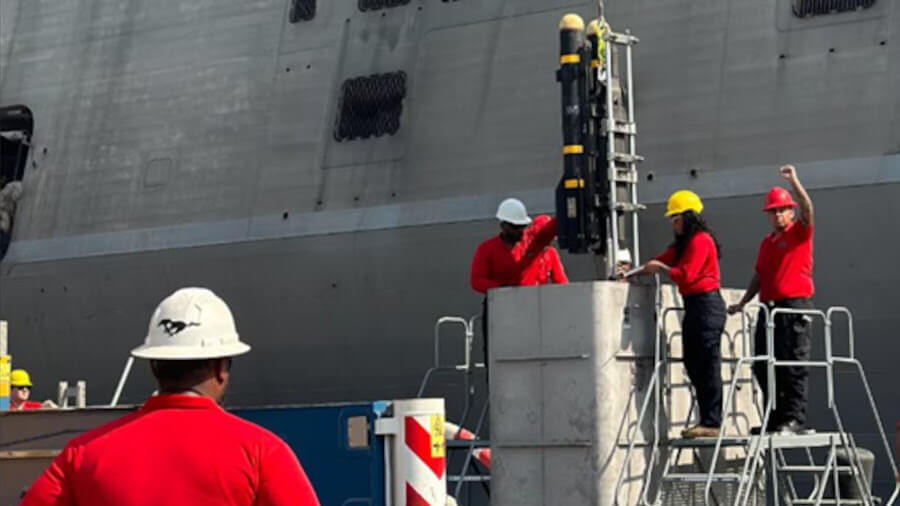
Real People, Real Impact
This isn’t just about technology—it’s about people.
- Navy officers and sailors who are actively testing and deploying these systems in real-world operations.
- Engineers and defense contractors working behind the scenes to ensure the technology is reliable, cost-effective, and adaptable.
- Strategists and policymakers balancing modernization with budget efficiency, ensuring that America’s Navy is both powerful and financially responsible.
Capt. Matthew Lehmann, program manager for LCS Mission Modules, highlighted this teamwork:
“By leveraging the adaptability of proven technologies in partnership with the Integrated Warfare Systems 80 program office, we were able to deliver on a critical need to the Fleet. This accomplishment showcases the ingenuity and resourcefulness of the Littoral Combat Ship Mission Module Program.”
Smart Spending in a Scrutinized Budget
At a time when leaders like former President Trump and business mogul Elon Musk are calling for greater accountability in defense spending, the Navy is proving that modernization doesn’t have to mean runaway costs.
- The SSMM upgrade shows that the Navy is reusing and improving existing systems rather than building from scratch.
- By integrating AI-driven detection, modular sensors, and open-architecture systems, upgrades remain adaptable and cost-efficient.
- Industry partnerships with Lockheed Martin, Northrop Grumman, and General Atomics ensure that new technology is integrated without unnecessary government overhead.
Rear Adm. Kevin Smith summed it up best:
“This rapid integration of C-UAS capabilities enhances our ability to project power and maintain freedom of maneuver in contested environments. We are not only addressing immediate threats but also strengthening the Navy’s overall strategy for operational agility, deterrence, and sustained dominance.”
Industry & Navy Partnership Driving Innovation
Modernizing the U.S. Navy isn’t just a military effort—it’s a collaborative mission between dedicated sailors and some of the most advanced technology companies in the country. Industry leaders like Lockheed Martin, Northrop Grumman, and General Atomics are bringing cutting-edge AI, automation, and drone defense solutions to the fleet. These partnerships ensure that modernization is not just about spending money—it’s about getting the best value for every dollar spent while equipping our Navy with the tools needed to stay ahead of emerging threats.
Key industry players include:
- Lockheed Martin – Developing scalable counter-unmanned aerial systems (C-UAS) with AI-driven detection, modular sensors, and command-and-control systems.
- Northrop Grumman – Contracted to develop C-UAS solutions for the Navy.
- General Atomics Aeronautical Systems, Inc. (GA-ASI) – Testing government-provided autonomy software aboard the MQ-20 Avenger, demonstrating potential advances in Unmanned Combat Air Vehicles (UCAVs).
- uAvionix – Developed Casia G, enabling 24/7 Beyond Visual Line of Sight (BVLOS) drone operations.
- Volatus Aerospace & Draganfly – Enhancing geospatial and automation capabilities.
- Pierce Aerospace – Working on Remote ID detection technology to identify unauthorized drones.
A Message from Americans for a Stronger Navy
“This isn’t just about hardware—it’s about the people who believe in a stronger, more cost-effective Navy. From the sailors aboard the USS Indianapolis to the engineers at Lockheed Martin, thousands of Americans are working every day to ensure the Navy remains a force to be reckoned with—without wasting taxpayer dollars.
We at Americans for a Stronger Navy believe this is the kind of smart, strategic modernization that deserves recognition. Our Navy isn’t just adapting to today’s threats—it’s building a foundation for a stronger, smarter future. This is what peace through strength looks like.”
Final Call to Action: Join the Conversation
At Americans for a Stronger Navy, we believe in supporting the hardworking sailors, engineers, and industry partners who are ensuring the Navy remains strong, modern, and cost-effective. But we can’t do it alone.
✅ Engage with us—Share your thoughts on what a stronger, smarter Navy looks like.
✅ Spread the word—Help shift the narrative to recognize the real efforts behind modernization.
✅ Stay informed—Follow us for updates on how the Navy is adapting to new challenges.
💬 What do you think? Let us know in the comments or visit StrongerNavy.org to learn more. Join the discussion on X.
Join the movement.
